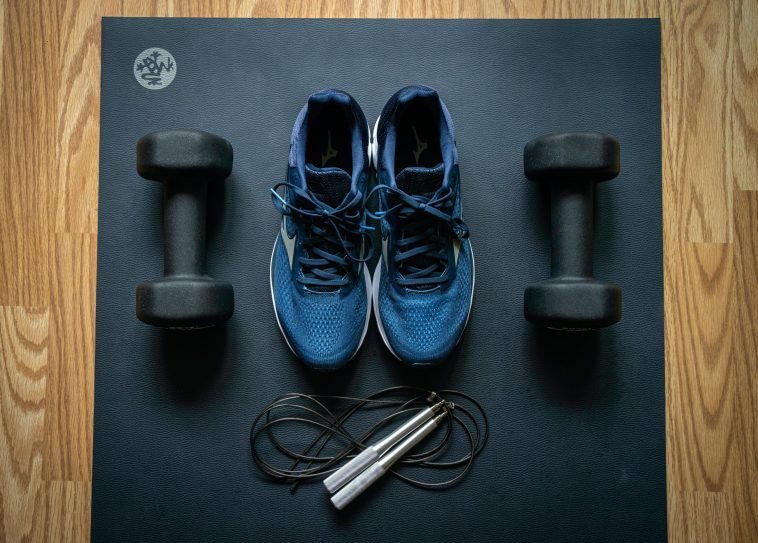Introduction.
If you’ve got an eye for fashion and have ever thought about making money selling custom clothing, dropshipping might just be your perfect gateway. Selling custom-designed clothing is a great way to stand out in a competitive market.
By dropshipping, you can offer unique items like T-shirts, hoodies, or hats without ever touching the product or dealing with inventory headaches.
It’s a model that’s especially great if you’re just getting started in e-commerce or are working with a limited budget.
In this guide, I’m going to break down everything you need to know about dropshipping custom clothing and give you tips on how to make it profitable.
I’ll go over the key steps, share some pros and cons, answer common questions, and give you practical advice on getting started without a ton of technical knowledge or business jargon.
By the end, you’ll have a clear picture of how to make money with your unique clothing brand.
Why Dropshipping Custom Clothing is a Smart Business Model
Let’s start with the basics: why go for dropshipping? For anyone interested in selling clothing, the traditional retail route usually involves buying a large amount of stock upfront, finding storage, managing shipments, and handling returns. It’s a lot of time and financial commitment.
Dropshipping is different. When a customer places an order on your website, your dropshipping supplier takes care of everything—printing, packaging, and shipping the item directly to the customer.
All you need to focus on is creating a unique design, marketing your store, and keeping an eye on customer satisfaction.
No inventory, no packing, and very little initial investment. This business model is flexible, low-risk, and scalable, making it ideal for small business owners or side hustlers.
How Do I Dropship Custom Clothing and Make Money?
1. Pick a Niche.
Finding your niche is crucial for standing out. “Custom clothing” is broad—narrow it down. Think about what kind of designs or messages you want to create.
Maybe you’re passionate about animal welfare, retro designs, or motivational quotes. Pick something that resonates with your personality and potential customers.
2. Choose a Reliable Dropshipping Partner.
In the world of custom clothing dropshipping, some companies specialize in “print on demand” services, like Printful, Printify, and Teespring.
These companies allow you to create custom designs that they’ll print on clothing and ship to customers for you.
Research each platform’s fees, product quality, and shipping times. A good partner will help you maintain high-quality standards and a smooth customer experience.
3. Create Designs That Stand Out.
No one’s going to buy a T-shirt that looks like everyone else’s. Invest time (or hire a designer) to create high-quality, original designs.
This part can make or break your brand. Look at what’s trending on social media or sites like Etsy, and see what customers seem drawn to.
Then, give it your twist. You don’t have to be an artist to come up with ideas—sometimes a catchy phrase or simple graphic does the trick.
4. Set Up Your Online Store.
You’ll need a website to showcase your designs. Platforms like Shopify, WooCommerce, and Etsy make it easy to set up an e-commerce store.
Each one offers different advantages: Shopify is user-friendly and built for e-commerce; WooCommerce integrates with WordPress if you already have a blog; and Etsy is great for handmade or custom items with built-in search traffic.
5. Market Your Brand.
With your store ready, it’s time to let people know about it. Start with social media platforms like Instagram and TikTok—both are highly visual and great for fashion brands.
Influencer partnerships, paid ads, or even posting regularly with relevant hashtags can increase visibility.
And don’t overlook email marketing; offering discounts or deals to first-time subscribers can help convert visitors into customers.
6. Track and Adjust.
Starting a dropshipping business isn’t a “set it and forget it” venture. Track what’s working—whether it’s a particular design, a social media post, or an ad campaign.
Use tools like Google Analytics to understand where your traffic is coming from and what’s leading to sales. Make adjustments based on what you find to maximize your profits.
Pros and Cons of Dropshipping Custom Clothing
Pros
- Low Startup Costs: You don’t need to buy stock or invest heavily upfront. Just create your designs, upload them, and start selling.
- No Inventory Management: The supplier handles production and shipping, so you don’t need a warehouse or a shipping process.
- Wide Range of Products: Most dropshipping partners offer a range of products beyond just T-shirts—think hoodies, tank tops, hats, and more. This lets you diversify without added cost.
- Easy Scalability: If your brand takes off, you can scale up easily because you’re not limited by inventory or storage constraints.
Cons
- Lower Profit Margins: Dropshipping typically offers lower profit margins than traditional retail since you’re paying for the convenience of outsourcing production and shipping.
- Limited Control Over Quality: You rely on the supplier for product quality and shipping speed. If they mess up, it affects your brand.
- Shipping Times Can Be Longer: Since products are often made and shipped on-demand, customers may experience longer wait times compared to traditional e-commerce.
- High Competition: With a low entry barrier, many others are likely trying the same thing, so you need to find ways to stand out.
FAQ
Q: How much money do I need to start?
You can start with as little as $100–$200. This budget could cover initial website fees, a basic subscription on a platform like Shopify, and a bit of marketing. Keep in mind, though, that your main investment will be in design and marketing.
Q: What’s the average profit margin for dropshipping?
Profit margins in dropshipping can vary widely. In the custom clothing niche, expect a 20-30% margin if you’re pricing competitively. For higher-end or more unique items, you might achieve closer to a 40-50% margin.
Q: Can I dropship worldwide?
Yes, but be cautious. Some dropshipping partners have better shipping times and rates within specific regions, so research your supplier’s international shipping policies to avoid disappointing customers with long delivery times.
Q: Do I need to know how to design?
Not necessarily. Tools like Canva make it easy to create designs without much experience. Alternatively, you can hire freelance designers on platforms like Fiverr or Upwork if you want a more polished look.
Q: Is it better to sell on my website or a platform like Etsy?
Each has its pros and cons. Your website gives you full control but requires more marketing effort to drive traffic. Etsy provides a marketplace with built-in search traffic, though it also means more competition and some selling fees.
Q: How can I handle returns?
Your dropshipping partner may have a policy on returns and refunds, so check before you start selling. Since you’re not handling products directly, work with your partner to ensure that any return process is clear and straightforward for customers.
Conclusion
Starting a custom clothing dropshipping business can be a rewarding way to make money, especially if you have an eye for design and a knack for marketing.
It’s low-cost, easy to start, and offers flexibility that few other business models do. However, like any business, it requires effort, creativity, and strategic planning.
While profit margins might not be as high as in traditional retail, the low-risk nature of dropshipping makes it ideal for anyone looking to test out their ideas without heavy upfront investment.
Now that you know the ins and outs of dropshipping custom clothing, what’s your next step? Are you ready to start your own line and see how far you can take it?





GIPHY App Key not set. Please check settings